Report on the ESOF Session ‘What Can Be the Role of Heritage in Society?’ - by Student Reporter Catherine E. Brenner Galli
The ESOF session ‘What Can Be the Role of Heritage in Society?’ took place at Pieterskerk in Leiden, on 16th July 2022, as part of the theme 'Cultural Identities and Societal Transformations'. This panel was created in collaboration with the Centre for Global Heritage and Development at Leiden Delft Erasmus Universities. The session was moderated by Erik de Maaker (Leiden University; Centre for Global Heritage and Development) with the contribution of the following speakers: Hester Dibbits (Reinwardt Academy; Erasmus University Rotterdam; Centre for Global Heritage and Development); Margriet Kim Nguyen (Erasmus University Rotterdam; Cultural Heritage Agency of the Netherlands) and Lorna Cruickshanks (Cultural Heritage Agency of the Netherlands); Anna Mignosa (Erasmus University Rotterdam; Centre for Global Heritage and Development).
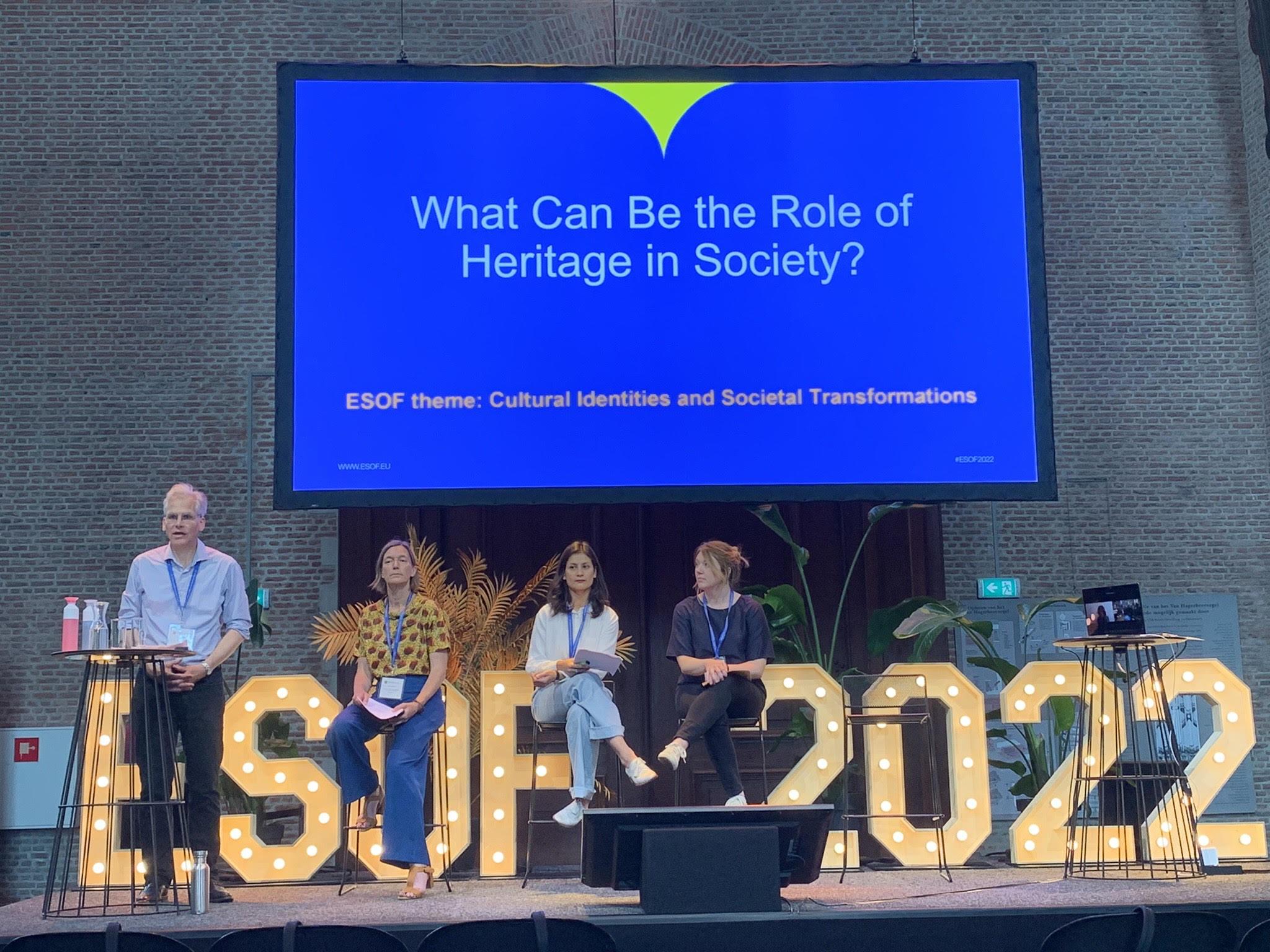
The session started with the presentation of Hester Dibbits explaining that engaging with heritage isn’t an issue, but how people engage with heritage can be. This aspect becomes particularly important when we realize that heritage is born from interactions, although several approaches to heritage constitute in labelling objects, for instance, denying that are actually the interactions with the heritage that make it significant. One of the examples that Dibbits brought as an innovative approach to heritage is the Centrinno project, which focuses on underutilized historic areas to be transformed into creative production hubs, making citizens at the core of sustainable transformations. This four-year project is now present in the cities of Amsterdam, Barcelona, Blönduós, Copenhagen, Geneva, Milan, Paris, Tallinn, and Zagreb. Finally, Hester Dibbits also discussed the importance of visualizing networks in order to identify, for example, people with conflicting emotions about a certain aspect of heritage. Furthermore, she highlighted that the mapping of emotions could improve the understanding of those voices that are not represented, avoiding potential conflicts in the future.
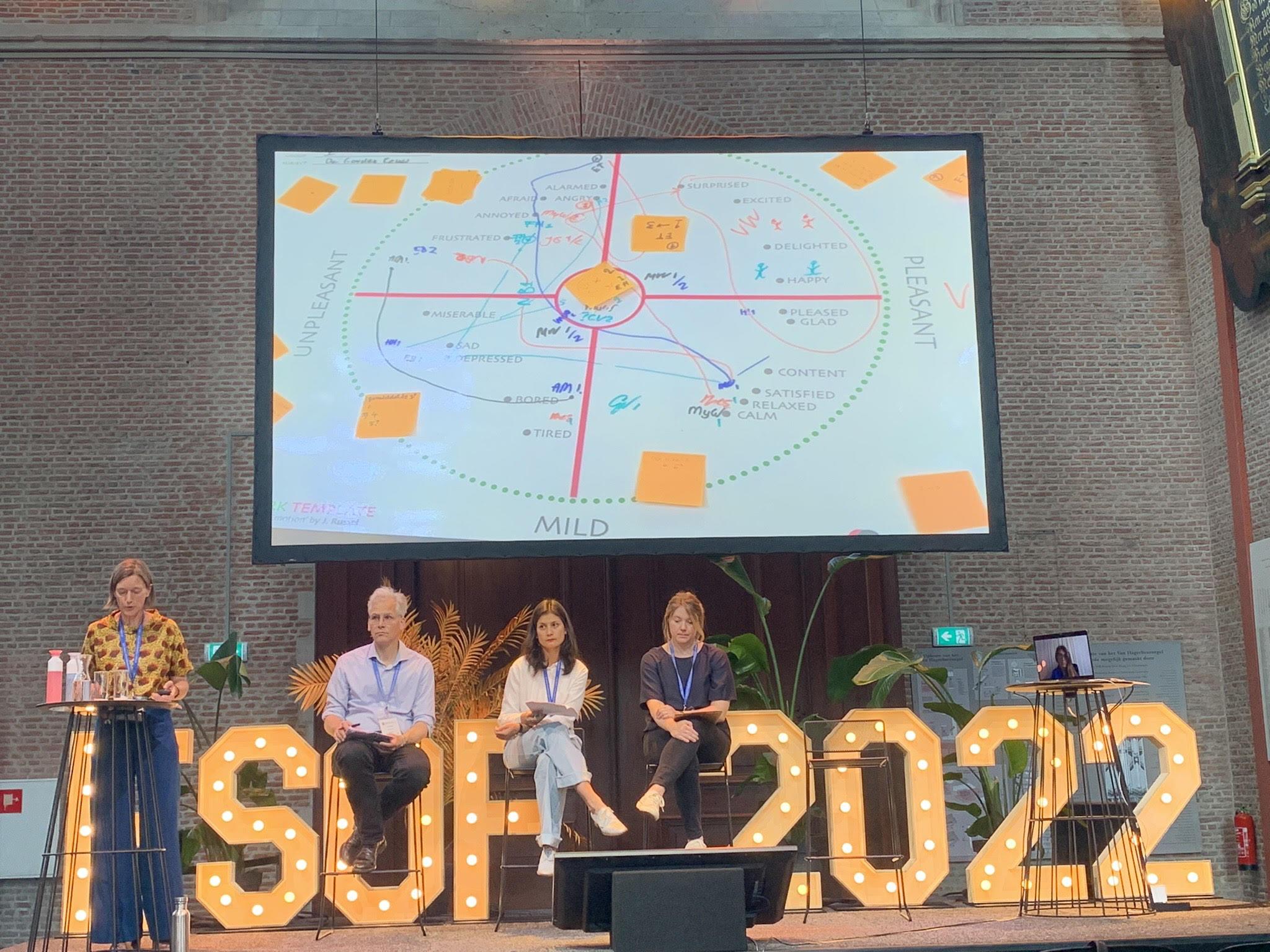
Margriet Kim Nguyen and Lorna Cruickshanks followed in the debate by explaining the social value of heritage in the Faro Convention on the Value of Cultural Heritage for Society in 2005. They also emphasized the importance of conducting qualitative research where professionals, heritage institutions and government bodies work according to the convention. Furthermore, they also pointed out that the heritage professional should be seen as an expert, instead of the expert, and also be able to share knowledge both formally and informally, working as a relationship builder between different bodies. The theoretical framework of heritage needed, in fact, remodelling in order to prioritize the quality of life, societal cohesion, and material conditions. In addition, the ways of working also needed to be improved and required a new range of tools as well as cross-sector collaboration.
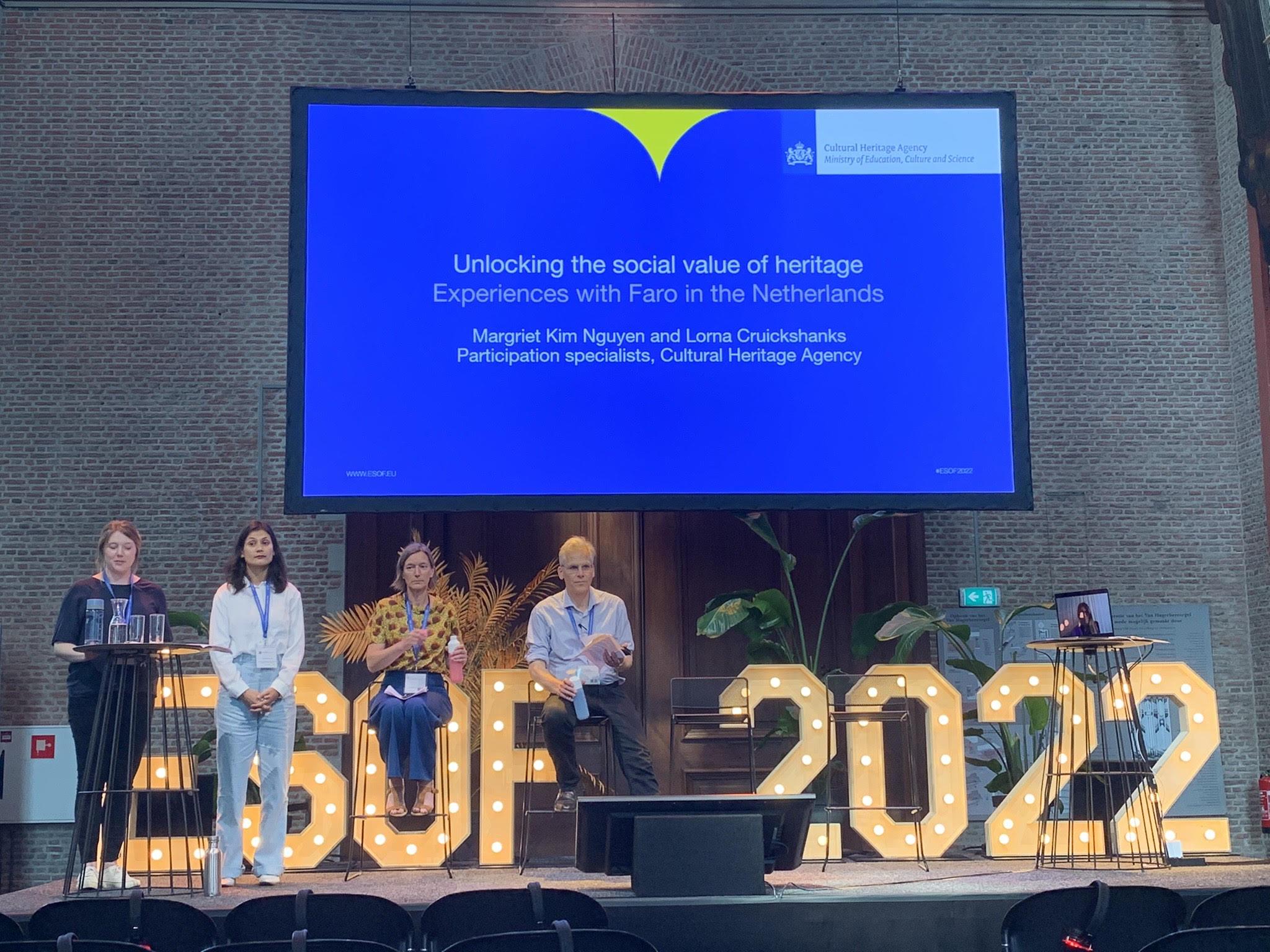
Anna Mignosa’s discussion started with a historical background of how the idea of heritage changed over time with the Convention on the Protection of (tangible) Cultural Heritage (1972), Convention for the Safeguarding of the Intangible Cultural Heritage (2003); and the Faro Convention on the Value of Cultural Heritage for Society (2005). Mignosa also brought to attention an interesting definition used by the Creative Economy Report[1] which says that ‘Cultural heritage is identified as the origin of all forms of art and the soul of cultural and creative industries’. Anna Mignosa underlined the necessity of repositioning heritage in society in order to guarantee skills that support sustainable economies, as well as the need to assess the social and cultural impacts of heritage next to the economic repercussion. Lastly, the researcher also pointed out the different roles of heritage, which can go from its economic impact on tourism, for example, to the role of identity that both tangible and intangible heritage play for communities. According to Mignosa, the approach to heritage should follow the ideas of conservation, enhancement, and social inclusion.
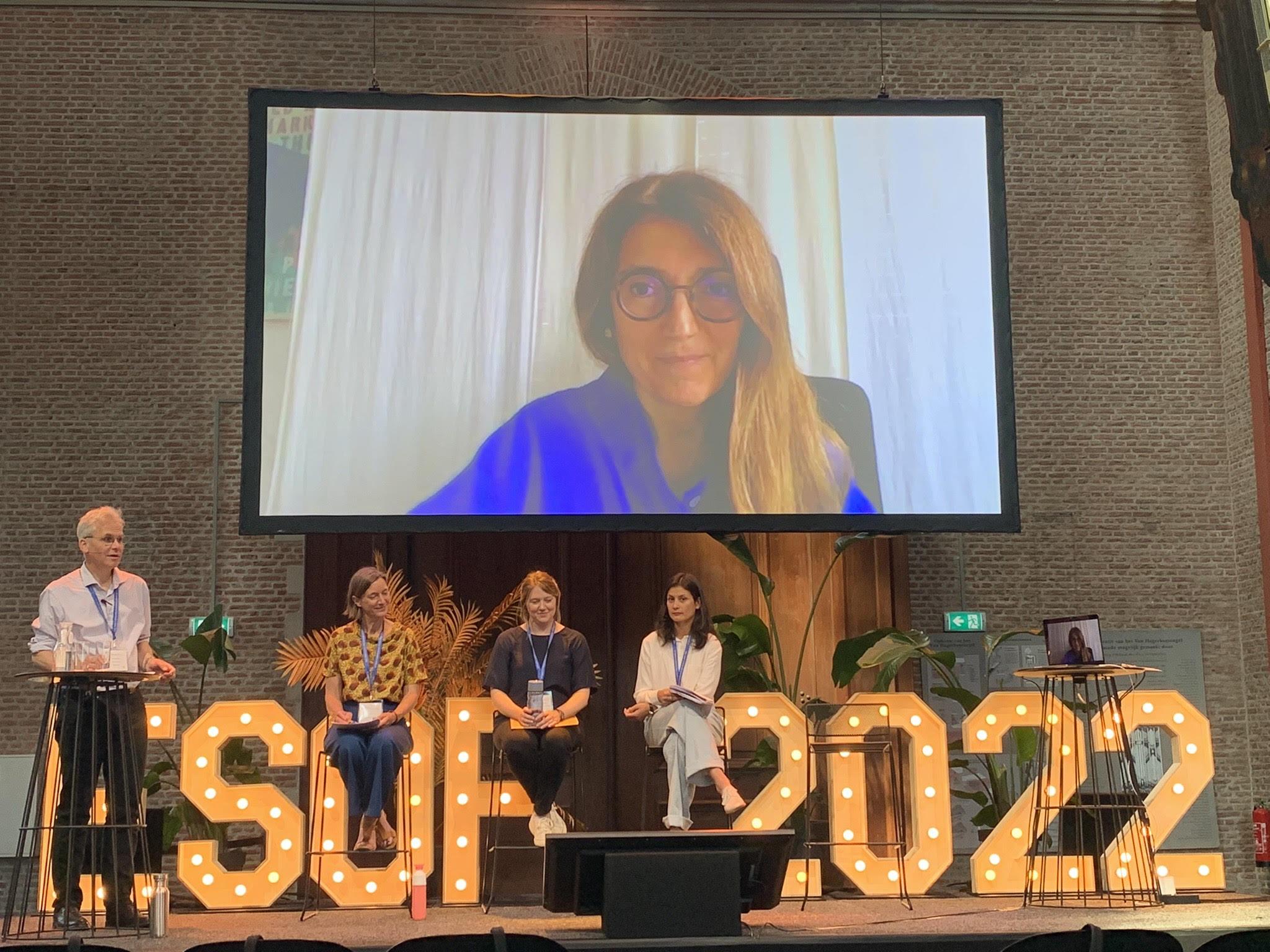
Lastly, the compelling talk of Erik de Maaker presented his critical examination of heritage indicating that heritage can refer to spaces, activities, objects, buildings, songs and ideas that are manifested in the present. However, heritage is carried over from the past, and meant to be safeguarded for the future. Consequently, defining heritage also involves predicting future values and claims based on what was and is valued and claimed in the past and present. Because of that, it is essential to realize that querying heritage could therefore raise questions about widening or rethinking concepts such as religion, race, and environment, for instance. As a result, contesting heritage also involves imagining the future and how certain aspects of heritage can be (re)interpreted. Erik de Maaker attentively explained how his research aims to understand and develop mechanisms of interpreting heritage by dealing with possible values and claims that could potentially be (re)considered in the future. By doing this, it becomes particularly interesting how contestations over what is heritage could allow the rethinking of concepts considered ‘locked’ in the present.
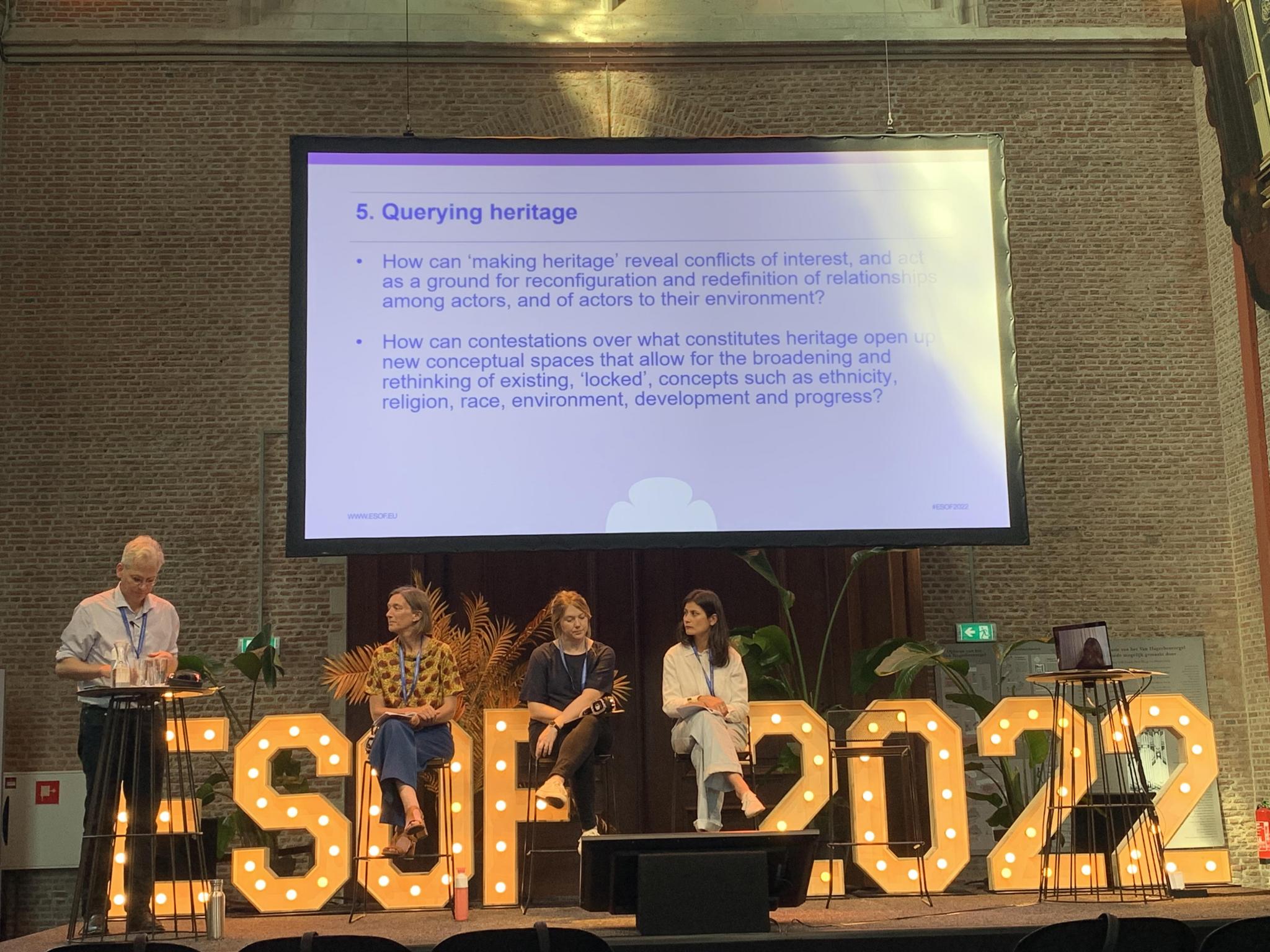
[1] UN-UNCTAD 2010
